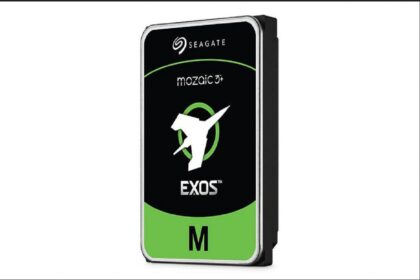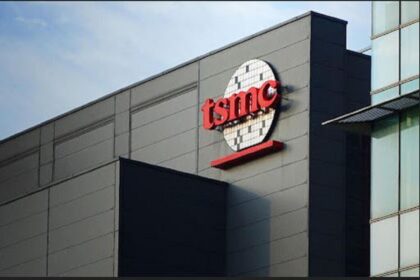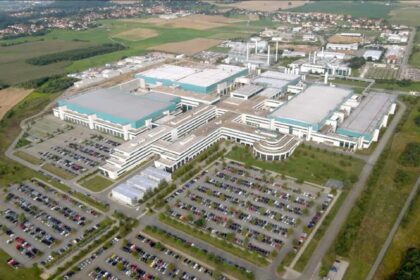The Department of Energy (DOE) has unveiled plans for the next-generation ATS-5 supercomputer, set to be housed at Los Alamos National Laboratory (LANL) in New Mexico. Slated for installation in 2027, ATS-5 will replace the aging 30 petaflops ATS-3 Crossroads machine, which is approaching the end of its operational life. This new system is designed to play a critical role in supporting the National Nuclear Security Administration’s (NNSA) efforts to maintain and modernize the U.S. nuclear stockpile.
Primary Purpose: Enhancing Nuclear Security through Advanced Simulations
ATS-5 will significantly advance the capabilities of the NNSA by accelerating some of the largest-scale 3D simulations, known as hero-class simulations, which are essential for nuclear stockpile stewardship. These simulations, which traditionally take months to complete, are expected to be completed in just days with the power of ATS-5. Additionally, the system will enable simultaneous execution of multiple hero-class simulations, greatly enhancing productivity and efficiency.
“The introduction of ATS-5 will provide analysts and weapons designers with the tools they need to carry out regular, high-precision simulations, vital for ensuring the safety, security, and reliability of the nation’s nuclear arsenal,” stated a representative from Los Alamos National Lab.
Key Architectural Advancements to Improve Performance
To meet the demanding requirements of nuclear stockpile management, ATS-5 will incorporate several cutting-edge architectural improvements. These advancements include enhanced memory bandwidth performance, increased system efficiency, and greater architectural diversity. By optimizing these elements, the supercomputer will be able to handle massive computational workloads with greater speed and precision, thus enabling more effective simulation of nuclear tests and assessments.
Collaboration with DOE’s El Capitan Supercomputer
ATS-5 follows the success of the DOE’s partnership with NNSA in building El Capitan, currently the world’s most powerful supercomputer, with a performance of 1.742 exaflops. While El Capitan, housed at the Lawrence Livermore National Laboratory, has been operational since January 2025, ATS-5 will represent a significant leap in computational capacity beyond exascale, earning it the designation as the “first post-exascale NNSA system.” Although specific compute power details for ATS-5 have not been disclosed, it is expected to surpass current standards.
Energy Efficiency: A Step Toward Sustainable High-Performance Computing
Despite its expected massive computational power, ATS-5 will be remarkably energy efficient. The DOE has outlined that the supercomputer will consume no more than 20 megawatts (MW) of power, a figure that positions it as a more energy-efficient solution than current exascale systems like El Capitan and Frontier, which each exceed 20 MW in power consumption. This efficiency aligns with the DOE’s broader goal of developing sustainable, high-performance computing systems that minimize environmental impact.
Timeline and Deployment: A Look Ahead
The DOE is planning to award the ATS-5 construction contract in May 2025, with system delivery expected by late 2026 or early 2027. The supercomputer will be fully operational by August or September 2027. Once deployed, it will play an essential role in enabling the U.S. government to ensure the continued safety and reliability of its nuclear stockpile, even as technological advancements continue to evolve.
FAQ Section
1. What is the purpose of the ATS-5 supercomputer?
ATS-5 is designed to support the NNSA’s mission to maintain and modernize the U.S. nuclear stockpile by running high-performance simulations that enhance the safety, security, and reliability of nuclear weapons.
2. When will the ATS-5 be operational?
The supercomputer is expected to be fully deployed by August or September 2027, following its delivery in late 2026 or early 2027.
3. How will ATS-5 improve nuclear simulations?
ATS-5 will drastically reduce the time required for hero-class 3D simulations, completing tasks that once took months in just a few days. It will also run multiple simulations simultaneously, improving efficiency.
4. What are the architectural advancements of ATS-5?
ATS-5 will feature improved memory bandwidth, increased system efficiency, and greater architectural diversity, allowing it to handle the immense computational requirements of nuclear simulations.
5. How energy-efficient is the ATS-5 supercomputer?
Unlike other exascale systems, ATS-5 will draw no more than 20 MW of power, making it one of the most energy-efficient high-performance supercomputers in the U.S.


















